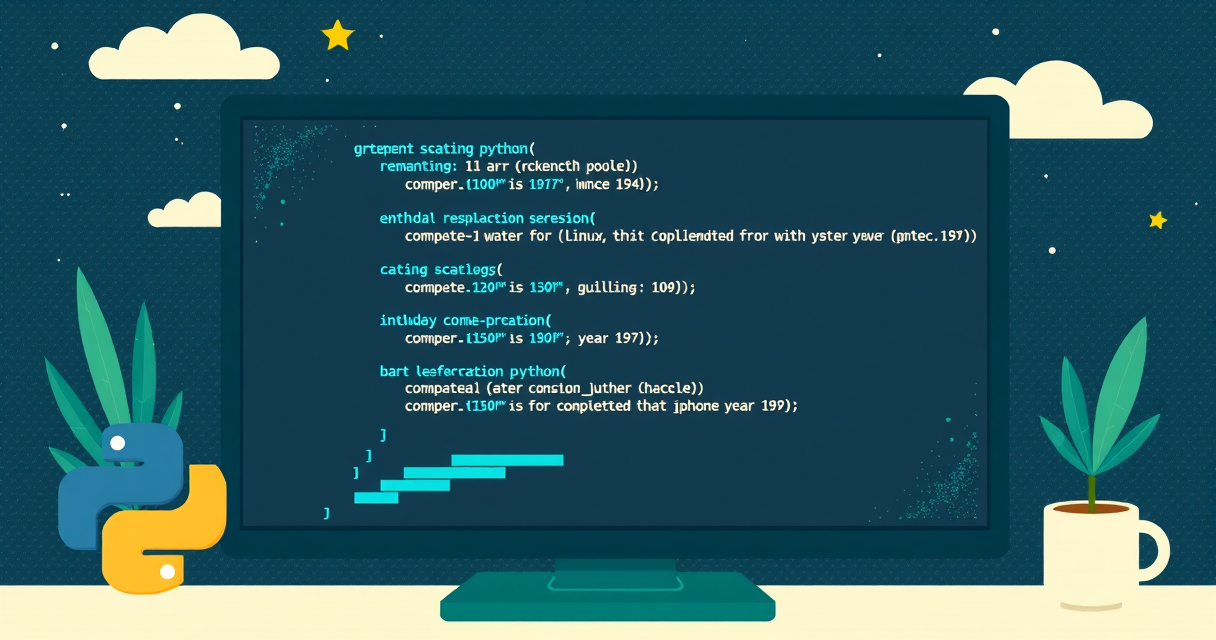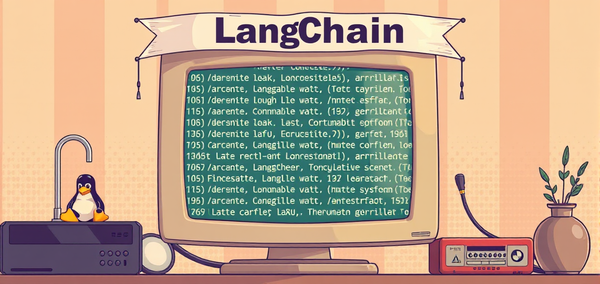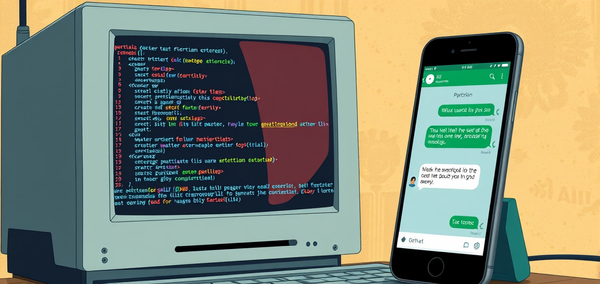Creating CLI Tool with Click in Python Part-1

In this blog post, we'll explore how to create a command-line interface (CLI) using the click library in Python. click is a package that simplifies the creation of command-line tools by providing decorators and functions to handle arguments, options, and commands.
We'll walk through an example script that demonstrates various features of click, including positional arguments, options, and flags.
Installation
First, ensure you have click installed. You can install it using pip:
pip install clickExample Script
Below is an example script that uses click to create a CLI tool. This tool greets a user based on the provided arguments and options.
import click
@click.command()
@click.argument('first_name')
@click.argument('last_name')
@click.option('--name', prompt='Your name', help='The person to greet.', default='World', show_default=True)
@click.option('--age', type=int, help='Your age.', required=False)
@click.option('--verbose', is_flag=True, help='Enables verbose mode.')
@click.option('--color', type=click.Choice(['red', 'green', 'blue'], case_sensitive=False), help='Your favorite color.')
@click.option('--tags', multiple=True, help='Tags for the greeting.')
def greet(first_name, last_name, name, age, verbose, color, tags):
greeting = f"Hello {first_name} {last_name}, age {age}!"
if verbose:
greeting += " Verbose mode is enabled."
if color:
greeting += f" Your favorite color is {color}."
if tags:
greeting += f" Tags: {', '.join(tags)}"
click.echo(greeting)
if __name__ == "__main__":
greet()Explanation
@click.command(): This decorator turns the function into a CLI command.@click.argument('first_name'): This defines a positional argumentfirst_name.@click.argument('last_name'): This defines a positional argumentlast_name.@click.option('--name', prompt='Your name', help='The person to greet.', default='World', show_default=True): This defines an option--namewith a prompt and a default value.@click.option('--age', type=int, help='Your age.', required=False): This defines an optional integer option--age.@click.option('--verbose', is_flag=True, help='Enables verbose mode.'): This defines a boolean flag--verbose.@click.option('--color', type=click.Choice(['red', 'green', 'blue'], case_sensitive=False), help='Your favorite color.'): This defines an option--colorwith a choice of values.@click.option('--tags', multiple=True, help='Tags for the greeting.'): This defines an option--tagsthat can be specified multiple times.
Running the Script
To run the script, save it to a file (e.g., greet.py) and execute it from the command line:
python greet.py Melih Teke --age 30 --verbose --color blue --tags tag1 --tags tag2
This will output:
Hello Melih Teke, age 30! Verbose mode is enabled. Your favorite color is blue. Tags: tag1, tag2Conclusion
The click library makes it easy to create powerful and user-friendly command-line interfaces in Python. By using decorators and a few simple functions, you can handle complex argument parsing and provide helpful prompts and messages to users.
Feel free to experiment with the example script and explore additional features of click to create your own CLI tools. !




